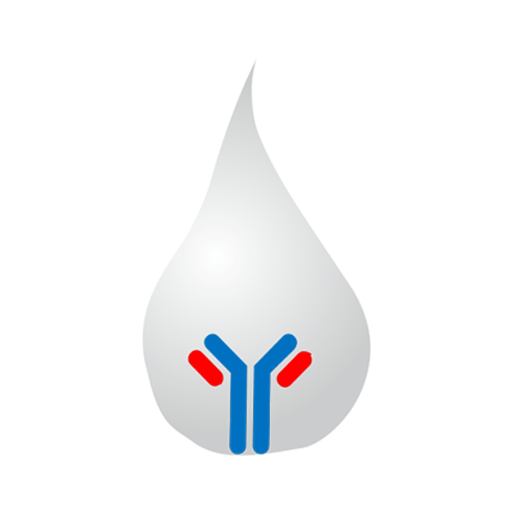Description
| CATALOG # | OttoBC125 |
| PRODUCT NAME | α-AMYLASE Assay Kit |
| APPLICATIONS | Fully automated analyzer, Spectrophotometer |
| REACTIVITY | Universal |
| SAMPLES TYPE | Serum, Plasma (Edta or Heparin) |
| Content | Explanation | Shelf life |
| Reagent-1 | 1x30ml | 6 months |
| Calibrator | 1×0.5ml | 6 months |
| Q.Control | 1×0.5ml | 6 months |
- Bertholf RL, Winn-Deen ES, Bruns DE. Amylase in urine as measured by a single -step chromolytic method. Clin Chem 1988; 34: 754-7
- Fenton J, Foery R, Piatt L, Geschwindt K. A new chromogenic amylase method compared with two established methods. Clin Chem 1982; 28: 704-6.
- Glick MR, Ryder KW, Jackson SA. Graphical Comparisons of Interferences in Clinical Chemistry Instrumentation. Clin Chem 1986;32:470-474
- Greiling H, Gressner AM ed. Lehrbuch der Klinischen Chemie und Pathobiochemie, 3. Auflage. Stuttgart/New York: Schattauer Verlag, 1995.
- Keller H ed. Klinisch- chemische Labordiagnostik für die Praxis, 2. Auflage. Stuttgart/New York: Georg Thieme Verlag, 1991 ;354-361.
- Lorentz K. Approved Recommendation on IFCC Methods for the Measurement of Catalytic Concentration of Enzymes. Part 9. IFCC-Method for a-Amylase (1,4-a-D-Gluca 4-Glucano- Hydrolase, EC 3.2.1.1.). Clin Chem Lab Med 1998;38:195-203
- Rauscher E et al. Fresenius Z Analyt Chem 1986; 324:304.
- Salt WB II, Schenker S. Amylase-its clinical significance: a review of the literature [Review]. Medicine 1976; 55:269-281 .
- Steinberg WM, Goldstein SS, Davies ND et al. Diagnostic assays in acute pancreatitis [Review]. Ann Intern Med 1985; 102:576 – 580.
- Tietz NW ed.: Clinical Guide to Laboratory Tests. 3. Auflage. Philadelphia, PA: W B Saunders Company; 1995:46-51
Tietz NW, Huang WY, Rauh DF et al. Laboratory tests in the differential diagnosis of hyperamylasemia. Clin Chem 1986;32:301-307.
